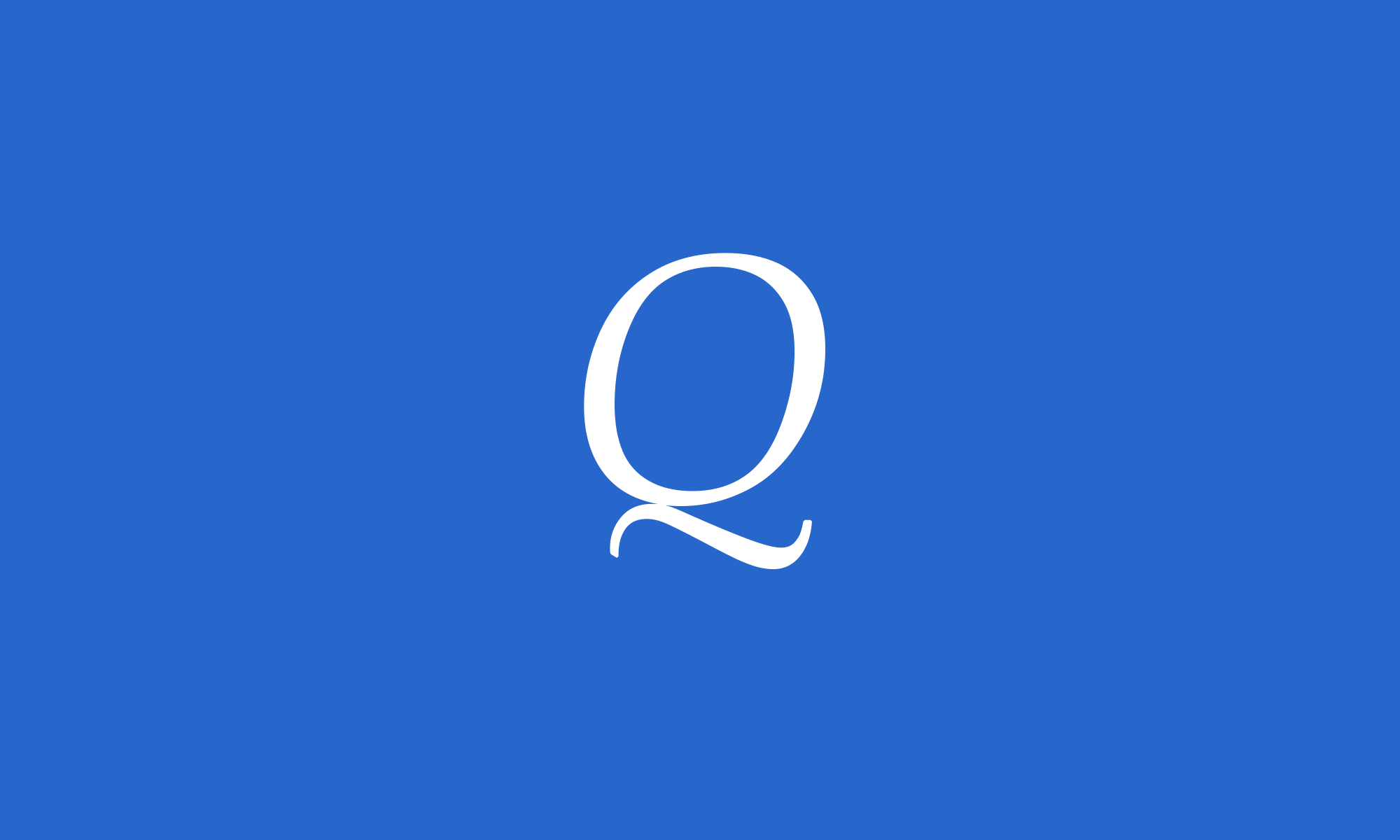In my last conversation with Fergal Murphy, we unpacked some of the ways AI is changing the working world. One of the things he touched on was how the structure of organisations may change as AI replaces certain types of work.
I find this particularly interesting as there have been decades (sometimes even centuries) spent building hierarchies in large organisations. With a new model for working, will these structures still be necessary? And how are organisations already beginning to change to make sure they’re taking advantage of the efficiency gains from AI? Fergal shares his thoughts.
How could AI change the way organisations operate?
A lot of workers in large organisations are knowledge workers, they’re part of a pyramid of decision making which all ladders up to the CEO. I’ve done a lot of analysis into knowledge work and what I’ve found is there are a lot of hierarchies based on the idea that younger people do the lower-level work. This model works when you’ve got a lot of people at the bottom of the organisation feeding work and information up for decisions.
If you remove a lot of the lower-level work by utilising AI then what you’re enabling is a flatter organisational structure. This means that for senior people there may be much less cascading of work – they may be much closer to the action and potentially the end user or customer.
So as AI removes a lot of that lower-level work, we may see that organisations begin to adopt different cultures and practices. Organisations will need to figure out how junior employees can hit the ground running with the tools at hand, rather than being hindered by administration work and repetitive tasks. There will also be new challenges. For example, in this world of instant analysis, how do younger employees absorb necessary information without doing what we’d often classify as grunt work?
It’s also important for senior people to not just leave the implementation of AI up to their junior colleagues. They need to be familiar with the technology so they can not only be effective, but also so they can understand the risks in order to guide their organisations.
If organisations are flatter, will this change the way people navigate careers?
Not only is the nature of our work going to change, the make-up of organisations will too. A change in hierarchy means a change in economics and the way people climb the corporate ladder. For example, if you work in consulting, typically you went from manager to senior manager to partner. If there’s no one to delegate lower-level tasks to, what does that mean for management positions and overall career progression? This whole working model is going to be challenged and I think that’s fascinating.
What are some ways organisations are taking advantage of AI efficiency gains?
We’re starting to see many firms where AI type skills, such as prediction modelling, are allowing them to better understand what’s happening and then broaden their reach. An example of this is insurance companies hiring climate scientists to predict what’s going to happen with the weather using simulations and all the other amazing things AI can do in that space.
It’s a good example of how we’ll see new dimensions to traditional organisations such as banks and telcos. As they evolve it’s not necessarily that they’ll just get smaller on the vertical axis by replacing people with AI, but they might get broader in their focus and reach. Organisations can take the efficiency gains and invest them in new areas that enable them to be more effective. Basically, they’re trading a unit of efficiency for a unit of effectiveness.
Can you see a version of the world where the amount of hours people work may change given the speed AI can help people work at?
There’s a strong voice in the AI community that says this should enable us to free up more time so that we can work say a three or four day week with the same output. I’d be a strong proponent of that. I think if you’re judging performance based on outcome then these tools will free up a lot of time, but it really depends on how organisations want to capitalise on these changes and benefit. Some companies or industries will adopt the four day work week readily to use it as a source of competitive advantage when recruiting. We’re seeing interesting experiments with organisations who are experimenting with the four day working or nine day fortnight. A lot of the time they’re finding by giving people time back they’re uplifting the quality of their output.
–
Our next article will look at how AI is reshaping the way people are making career decisions and how younger people can best set themselves up for success in this rapidly changing market.
If you have a question or something you’d like thoughts on when it comes to AI, contact Phil Davis, Managing Director, Q Consulting Group on 0404 803 609 or at phil.davis@qconsultinggroup.com.au.

